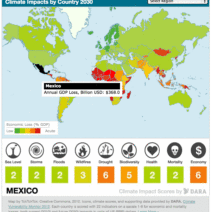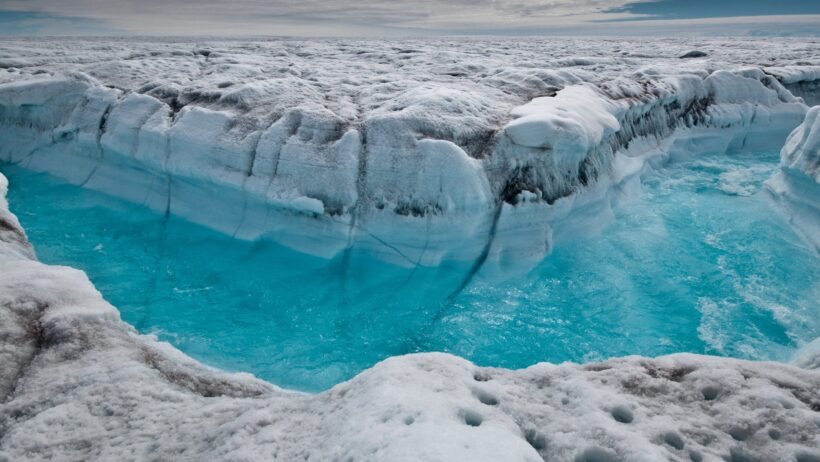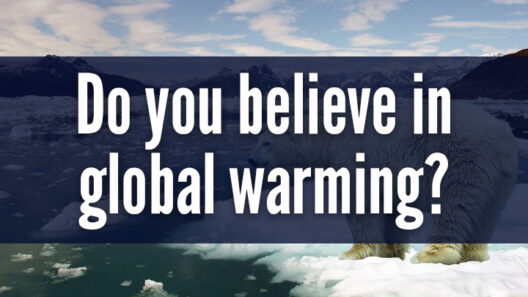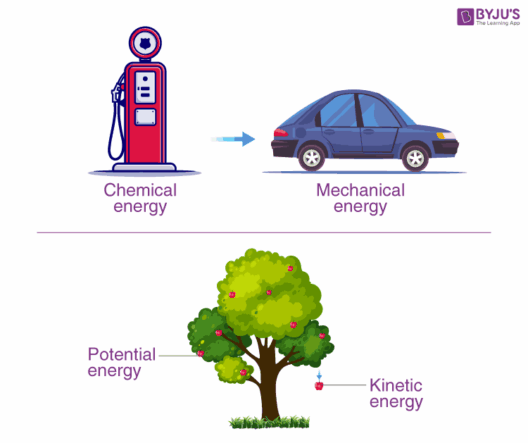The Earth’s cryosphere, a term that encompasses the regions where water is found in solid form, including glaciers, ice sheets, and sea ice, serves as a chilling barometer for our planet’s health. It is here, at the intersection of ice and ocean, that we witness the most profound visual manifestation of climate change. As if in a desperate plea for help, the melting ice reveals the dire consequences of global warming, offering insight into the intricate tapestry of our environmental reality.
At the poles, massive ice sheets are shedding their frozen façades faster than we ever anticipated. The Greenland and Antarctic ice sheets, once stalwart sentinels, now speak in the language of accelerated melting, attributing their decline to increasing atmospheric temperatures and changing oceanic currents. This phenomenon has been likened to an artist who, overwhelmed with emotion, hastily brushes away their paint, leaving behind a canvas marred by chaos. The stark loss of these ice expanses echoes the urgency of our climate crisis.
In essence, the cryosphere is a delicate balance of extremes. Its icy expanses radiate tranquility, yet they are underscored by the turmoil of shifting climatic conditions. As global temperatures rise, the Arctic, often considered the planet’s air conditioner, finds itself suffocating under the weight of industrialization and anthropogenic influences. The once-impervious ice is now punctured and porous, leading to catastrophic ramifications for global sea levels.
The ramifications of melting ice extend far beyond the aesthetics of a waning landscape. From these frozen regions flows a myriad of repercussions: rising sea levels, altered weather patterns, and the accelerated release of greenhouse gases. The melting of permafrost, for instance, unleashes methane—a potent climate change agent—trapped within its chilled embrace. This unlocking of ancient carbon sources could catalyze an ominous feedback loop, further exacerbating warming temperatures and leading to even more ice loss.
Furthermore, the cryosphere holds cultural significance for indigenous populations who rely on these ice-covered areas for subsistence and their way of life. The melting ice is not just a scientific phenomenon but a poignant reminder of lost heritage and the fragility of cultural identities intertwined with nature. From the Inuit in the Arctic to the Sámi in Scandinavia, these communities confront an existential threat—a narrative woven into the very fabric of their existence, now fraying under climatic pressures.
As the ice melts, so too does the distinction between land and sea, blurring lines that have existed for millennia. The release of freshwater from glaciers alters ocean salinity, impacting marine ecosystems and the myriad species that depend on these environments for survival. The ramifications stretch far beyond the ice; they ripple through the ocean, affecting fish populations crucial for coastal communities and more extensive marine food webs. The continent’s traditional rhythms yield to unpredictable chaos, leading to a profound sense of instability in these ecosystems.
Moreover, melting ice plays host to international political intrigue. As Arctic routes become navigable due to diminished ice coverage, nations scramble to assert territorial rights, spurred on by visions of untapped resources. The competition for oil, gas, and mineral deposits encased in the now-thinning ice introduces a new layer of complexity to global governance. The cryosphere, beautiful in its simplicity, has become a pawn in a larger game, its resources heralded as opportunities against the backdrop of worsening climate conditions.
Unquestionably, the cryosphere serves as a stark indicator of the broader climate crisis. The unsettling truth is that every degree of warming contributes to increased ice melt, posing substantial risks not only to coastal nations but to every inhabitant on Earth. As sea levels rise, low-lying cities brace for inundation, while populations are displaced and ecosystems are irrevocably altered. The ramifications of our current trajectory will echo through generations, a haunting reminder of our stewardship—or lack thereof—over the planet.
Addressing the sorrow of the melting cryosphere requires a concerted global effort. It necessitates a renaissance of environmental policy, shifting our focus toward sustainable practices that respect the natural world. Mitigating climate change calls for immediate action—from reducing carbon emissions to investing in renewable energy sources. We must reform our relationship with the Earth, embracing restoration and stewardship, promoting practices that enhance resilience in both human and natural systems. The clarion call of the melting ice demands our attention and action; it implores humanity to harmonize its existence with the natural world, lest we find ourselves lost in a tide of change too powerful to reverse.
In conclusion, the cryosphere reflects not only the physical state of our planet but also the intertwined fates of people, ecosystems, and climate systems. The tragedy of melting ice encapsulates the urgency of our climate emergency—an emergency that impacts every corner of our Earth. The narrative of the cryosphere, once a whispered tale of distant regions, has become a resounding clarion call for collective action. If we listen closely, we can still hear its voice echoing across the winds and waters of a warming world, urging us to change our course before it is too late.







